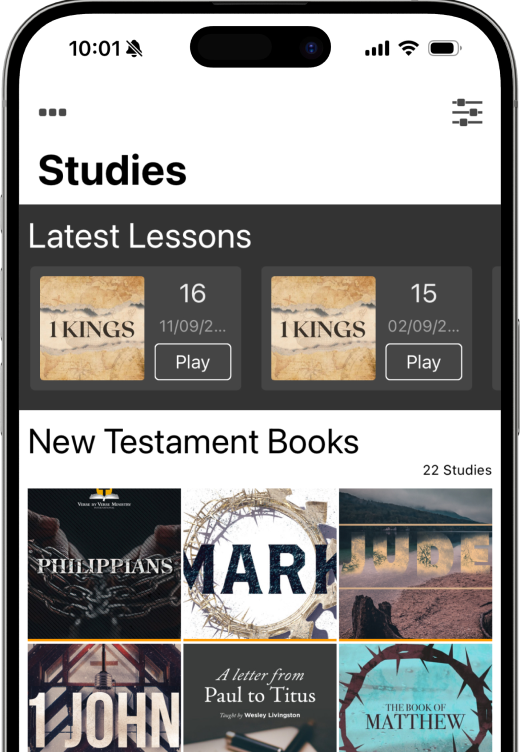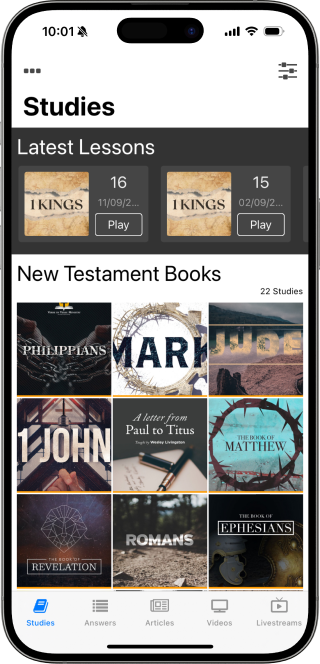On a recent trip to Israel my friends were told that Mount Moriah is where the Lord was crucified. But wasn't the Temple built on Mount Moriah? Where is Golgotha?
The Jewish people know Mount Moriah as Har HaMoriyah and Har haBayīt, translated as Temple Mount. Furthermore, the Bible refers to this region as Zion or Mount Zion, which speaks to the Temple Mount in Jerusalem which is virtually synonymous with Old Jerusalem itself as seen in scripture:
PS. 48:1 Great is the Lord, and greatly to be praised
In the city of our God, His holy mountain.
PS. 48:2 Beautiful in elevation, the joy of the whole earth,
Is Mount Zion in the far north,
The city of the great King.
PS:3 In its palaces,
God has made Himself known as a stronghold.
ISA. 4:5 then the Lord will create over the entire area of Mount Zion and over her assemblies a cloud by day, and smoke, and the brightness of a flaming fire by night; for over all the glory will be a canopy.
Mount Moriah (Mt. Zion) is the place that God tested Abraham in Genesis:
GEN. 22:1 Now it came about after these things, that God tested Abraham, and said to him, “Abraham!” And he said, “Here I am.”
GEN. 22:2 He said, “Take now your son, your only son, whom you love, Isaac, and go to the land of Moriah, and offer him there as a burnt offering on one of the mountains of which I will tell you.”
God told Abraham to bring his son Isaac to the land of Moriah and offer him as a sacrifice on a mountain there that God would reveal to him. Just as Abraham was about to sacrifice Issac, God stopped him and provided a ram as a substitutionary sacrifice. Mount Moriah, was the place that Abraham walked in faith, followed by God's provision. We see the events on Mount Moriah on that day so long ago as a foreshadowing of things to come. God would take His one and only Son, the Son whom He loves, and sacrifice Him so that we might live forever with Him.
The region in which this hill lays is Moriah, which is also the mountainous area upon which David built his altar and later Solomon builds the Temple. This location becomes home to the Temple Mount and it is in this same region that Jesus is sacrificed, yet outside the city walls of the Temple.
Now let's look at what the New Testament writers say about the location of Jesus' death:
MATT. 27:33 And when they came to a place called Golgotha, which means Place of a Skull,
MARK 15:22 Then they *brought Him to the place Golgotha, which is translated, Place of a Skull.
LUKE 23:33 And when they came to the place called The Skull, there they crucified Him and the criminals, one on the right and the other on the left.
JOHN 19:17 They took Jesus, therefore, and He went out, bearing His own cross, to the place called the Place of a Skull, which is called in Hebrew, Golgotha.
Today, the exact place of Golgotha is a topic of hot debate and much speculation. Golgotha an Aramaic word, Gulgoleth, translated to mean skull. Additionally, the English word "calvary" is derived through the Latinization of skull (calvaria).
As many scholars conclude this location to be a hill or mountain, there is no indication from scripture that Golgotha was a high point, though it was common for Romans to choose prominent places for executions in order to show the townspeople evidence as to what happens should you challenge Roman authority. While the description of the skull could mean a hill that resembles a skull, one could argue it was simply the place where crucifixions took place in that time.
The location of Golgotha, from tradition, is at the Church of the Holy Sepulcher, which is a site selected by Constantine’s mother. Her selection was based on reports of locals living in the region whom she met when visiting the city in AD 326. Although many agree with this location, we must take into consideration that over the past two thousand years war and geographical changes have altered the terrain which would misguide any archeologist or scholar from total certainty.
Should we presume that Mount Moriah, known as the Old City of Jerusalem, is the location of Jesus' death, then we would agree that His death occurred in the location of the Temple, however, scripture clearly says that the death of the Messiah will occur outside the city walls, which would indicate a location closer to the Church of the Holy Sepulcher.
Most notably, the Law states that the sin offering would take place outside the gates, referring to the scapegoat of Leviticus:
LEV. 16:27 “But the bull of the sin offering and the goat of the sin offering, whose blood was brought in to make atonement in the holy place, shall be taken outside the camp, and they shall burn their hides, their flesh, and their refuse in the fire.
After the first goat has been sacrificed, the second goat is taken outside of the city, which Leviticus calls the "scapegoat". The priest presents the second goat to the people and they lays hands on the goat, confessing the iniquities of the nation and all their transgressions. After this, the priest symbolically places those sins upon the head of the goat and releases the goat outside the city to carry the nation's sins away. Jesus Christ is the fulfillment of the Law, including this component. He is the scapegoat outside the walls as seen in John and Hebrews:
JOHN 19:17 They took Jesus, therefore, and He went out, bearing His own cross, to the place called the Place of a Skull, which is called in Hebrew, Golgotha.
HEB. 13:12 Therefore Jesus also suffered outside the gate, that He might sanctify the people through His own blood.
HEB. 13:13 So then, let us go out to Him outside the camp, bearing His reproach.
Therefore, Golgotha, was a place of execution while Mount Moriah was the location of the Jewish Temple. Even for Pontius Pilate, putting an execution site on the most holy spot of Judaism would have been too provocative and insensitive. The Gospels imply that Golgotha and the temple were fairly close to one another, but hardly the same place.

JOHN 19:20 Therefore many of the Jews read this inscription, because the place where Jesus was crucified was near the city; and it was written in Hebrew, Latin, and in Greek.
Since Jesus was crucified outside the city walls of the old city, this would lead us to believe that Jesus' death and resurrection was in the region of Moriah but not inside the Old City of Jerusalem, known today as the Temple Mount. Ultimately, the exact location of where Jesus was crucified does not matter and should never be means for argument. Wherever the location may be, there is no biblical reason to cherish or admire it.
Today, the temple is found in the body of all believers as seen in Ephesians:
EPH. 2:19 So then you are no longer strangers and aliens, but you are fellow citizens with the saints, and are of God’s household,
EPH. 2:20 having been built on the foundation of the apostles and prophets, Christ Jesus Himself being the corner stone,
EPH. 2:21 in whom the whole building, being fitted together, is growing into a holy temple in the Lord,
EPH. 2:22 in whom you also are being built together into a dwelling of God in the Spirit.
In the future Kingdom to come on earth the temple will no longer be our physical bodies. Instead, a new physical temple building will be constructed in the Kingdom, according to Ezekiel and Isaiah, and the Lord will inhabit that building as He once did in Israel’s past.
Scripture quotations taken from the (NASB®) New American Standard Bible®, Copyright © 1995, 2020 by The Lockman Foundation. Used by permission. All rights reserved. www.lockman.org





